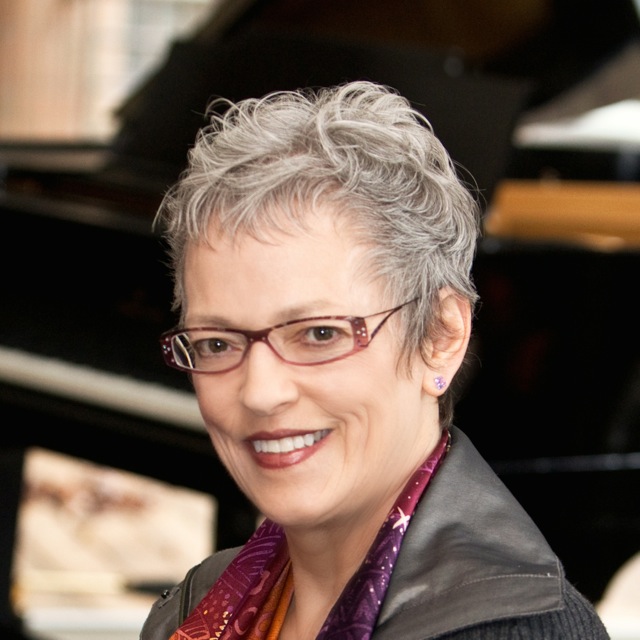cindy mctee
METAL MUSIC
computer music on CD
1989
10 minutes
I. Bins and Bells
The sounds of large bowed bells.II. Kettles and Cans
Canonic treatment of non-retrogradable rhythms.III. Tins and Tanks
Three-part metallic polyphony.IV. Buckets and Bolts
Octatonic melodies in various permutations with the sounds of large bowed bells.V. Pots and Pans
The beating of metal drums.In 1988, I recommended the purchase of two Macintosh computers for CEMI and suggested I use them to teach a re-structured Introduction to Electroacoustic Music. The idea met with resistance from some who questioned the validity of a machine that smiled when turned on, was named after a fruit, and operated by a mouse. Nonetheless, two Macs were eventually purchased along with some Yamaha tone generators and MIDI software by Mark of the Unicorn and Opcode Systems. Since there was little music at the time for the Mac, I created Metal Music as a learning model, attempting, as in all cases, to explore the available resources completely and to make the most out of limited musical materials; for example, of the work's sixteen different metallic sounds, eleven are derived from a single “source voice".
Completed in 1989 and recorded on Centaur Compact Discs, Metal Music consists of five short movements created with two Yamaha TX81Z tone modules running MOTU’s Performer on a Macintosh Plus. The work was first heard at CEMI and at the 1989 Annual Conference of the Society for Electro-Acoustic Music in the United States (SEAMUS) in New York City.
All of the sounds in Metal Music were created “from scratch” using a variety of FM synthesis techniques including fixed frequency modulation whereby the output of one or more modulating operators (oscillators) is fixed to produce the same frequency regardless of note number, resulting in a different (but related) timber for each note. Mapped to a keyboard, for example, the composer is given instant access to a large family of sounds without the need for program (bank) changes. This technique was especially useful when using an instrument normally capable of producing but one timber at a time (as was the case with the earlier DX7). I also favored irregular carrier to modulator ratios, generating the non-harmonic spectra typical of metallic sounds and first introduced to me (and countless others) in the 1980’s by John Chowning.
In Metal Music, Cindy McTee puts sixteen metallic voices in five epigrammatic movements . . . to engaging rhythmic and timbral ends. It's a treat to listen to.
Mike Silverton
Fanfare Magazine––––––––––––––––––––––––––––––––––––––
. . . [Metal Music] the first of two imaginative pieces that framed the concert.
Karen E. Moorman
CVNC: An Online Arts Journal in North Carolina
